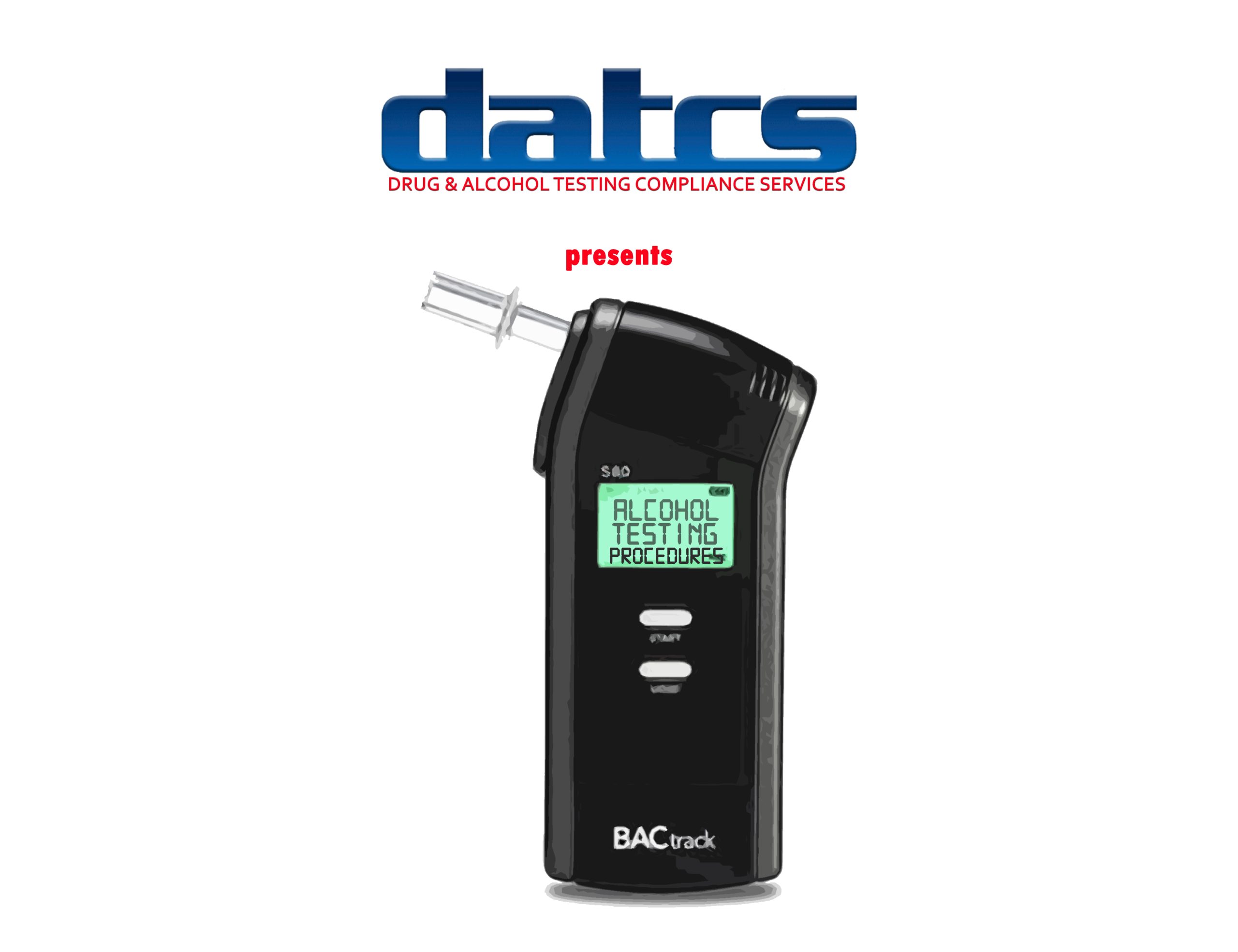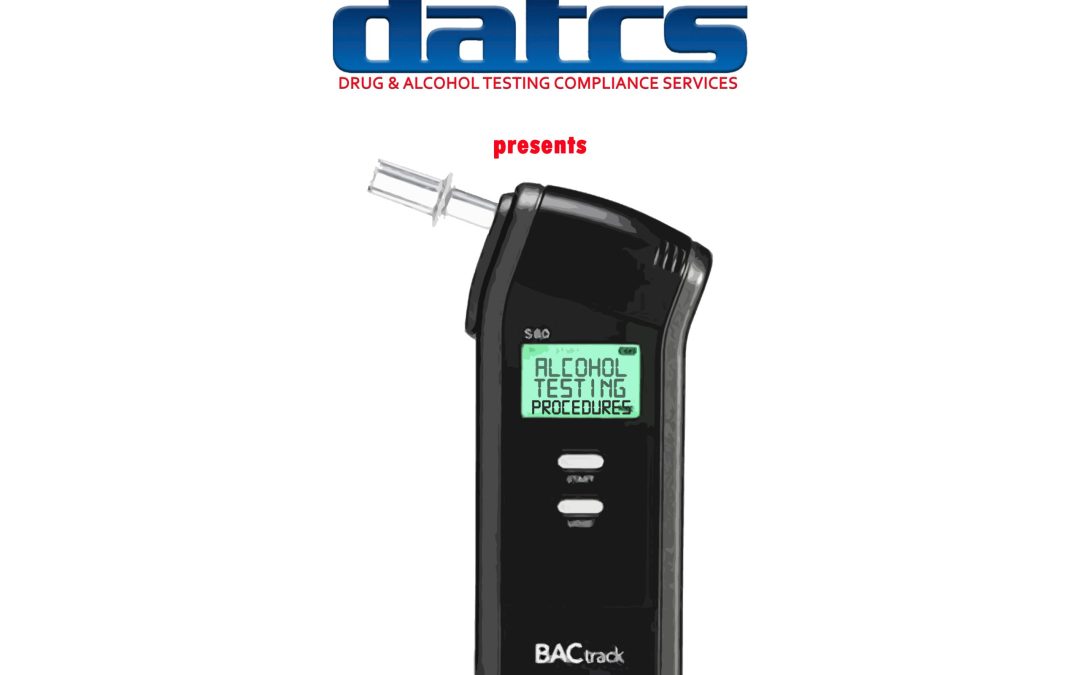
Find this and many other informative articles in our quarterly newsletter, out now!
Breath alcohol tests are performed at DATCS by having the donor blow forcefully into the Evidential Breath Testing (EBT) device’s mouthpiece for at least 6 seconds or until the EBT indicates that an adequate amount of breath has been attained. If the result is less than 0.02, the test is considered negative.
If the result is 0.02 or greater, a confirmation test must be performed after a waiting period of at least 15 minutes. The confirmation test must be completed within 30 minutes from the completion of the original screening test. A new mouthpiece must be used and the EBT must be tested to assure proper registering.
The BAT (Breath Alcohol Technician) shall report all results to the employer in a confidential manner. This report may be in writing, in person, by telephone or electronic means. If the result is positive, the BAT must ensure immediate reporting of the results to the employer to prevent the employee from performing a safetysensitive function.
A test is considered positive under any of the following situations:
• A confirmation result of 0.04 or greater
• Refusal to complete and sign the breath alcohol testing form
• Refusal to provide breath
• Refusal to provide an adequate amount of breath
• Refusal to otherwise cooperate with the testing process
Safety-sensitive employees testing positive for any of the above reasons could be subject to the following disciplinary action(s):
• If the company policy requires termination, the employee may be terminated but must still be referred to a Substance Abuse Professional (SAP).
• If the company wishes to continue an employment relationship with the employee, the employee must be removed from safetysensitive functions and referred to a SAP for evaluation and treatment. If there is a non-safetysensitive job available, the employee may be allowed to work in that function until evaluation, treatment, and return-to-duty test have been completed.

